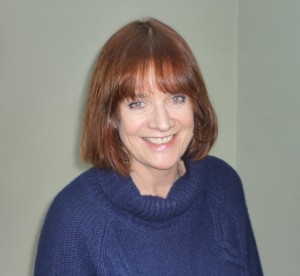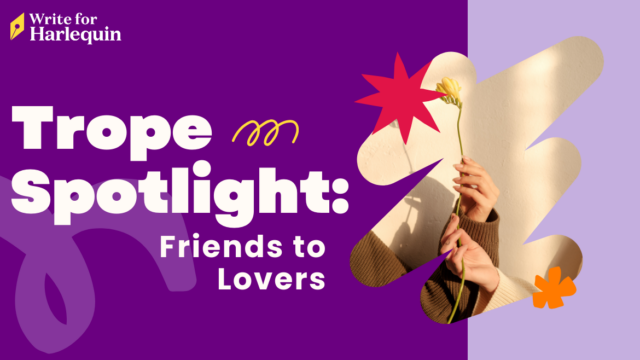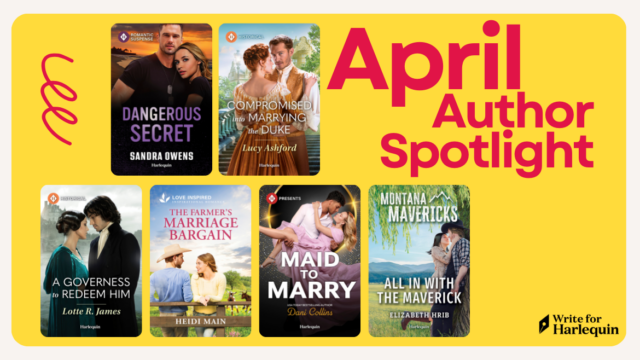These words of wisdom are from wonderful Harlequin Presents author Sharon Kendrick – first written for So You Think You Can Write 2013, this blog remains as insightful and fresh as ever!
 So, do you want to know a secret? I’m going to tell you how to write a compelling and emotional romance which women all around the globe will be clamouring to read.
So, do you want to know a secret? I’m going to tell you how to write a compelling and emotional romance which women all around the globe will be clamouring to read.
First up: there is no secret. Writing romance follows the same “rules” as writing any other kind of story. You have to write with integrity, passion and commitment. You have to believe in your story and it’s that belief which will breathe life into it.
Characters are key. They need to jump off the page and into your heart. You need to know them like you know your lover, your friends or your children. How did they spend their birthday when they were little? Did they get on with their parents and siblings? What do their hands look like? Imagine them brushing their teeth in the morning. You need to know all the important (and the not-so-important) things about them – because then you’ll realise how they’d react to any given situation, or person. You need to know what makes them unique. And what makes them infuriating. Characters are flawed and flaws are what make us human. They will stop your hero and heroine from becoming stereotypes and make them lovable – and memorable.
You need a conflict – but not the kind which hinges on “the letter which was never posted”. Remember: these books are not plot-driven; they are character-led. You need real conflict; inner conflict – the kind which happens to couples the world over. Maybe he’s a loner and the only person he trusts is his driver – while she’s a socialite who quietens her demons by non-stop partying. Everyone knows that this is a relationship which is doomed from the start. Get the picture? Your conflict should be layered. Solve one problem and suddenly you find something else which gets in the way. Keep the reader guessing and that will keep her turning the page.
Dialogue is what brings your characters to life and keeps the story fresh. We learn masses about a person from what they say. Or what they don’t say. “Get the hell out of here” is very different to “Would you mind leaving?”. Use dialogue liberally. It’s much more satisfying for the reader if she actually hears the couple thrashing out some of their problems, rather than just imagining what the other person is thinking. Which brings me neatly onto….narrative.
Make. Your. Narrative. Count.
Whilst it might be tempting to describe every single item of clothing which your heroine puts on her body during the course of the story – it isn’t necessary. But if she’s caught in a rain-storm and her best dress is plastered to her body and she’s cold and shivering – now that’s relevant. Let the reader paint pictures in their imagination. Avoid padding out your book with long paragraphs of description which will slow the pace down and act like a sedative. Vary the pace. Don’t have all doom and gloom. There should be light as well as shade.
Emotion is the single most important element and you should convey this through the growing relationship between your hero and heroine. Give them plenty of emotional highs and temper these with emotional lows. The reader needs to feel that this couple are fighting a feeling that’s bigger than anything – something which defies logic and reason and intellect. It’s love – and we all know what that feels like! There will be a sizzling sexual attraction between them – and for this you should be as realistic as possible. But write only what you’re comfortable with. The best written sex is the stuff that makes you blush with recognition, so try to avoid the “waves crashing down on the beach” analogies. (Unless, of course – the couple are making out on the sea-shore!).
And beneath all the misunderstandings, the central conflict and the sizzling sexual attraction – you should get the feeling that there’s a real compatibility between the couple. That they share something which will last a lifetime.
So you think you can write?
Well, don’t just think about it.
Do it.
Sharon Kendrick would like to point out that like every other Harlequin author, she started out as an unpublished unknown. Good luck.
You can follow Sharon on @Sharon_Kendrick, visit her blog and find her on Facebook!




